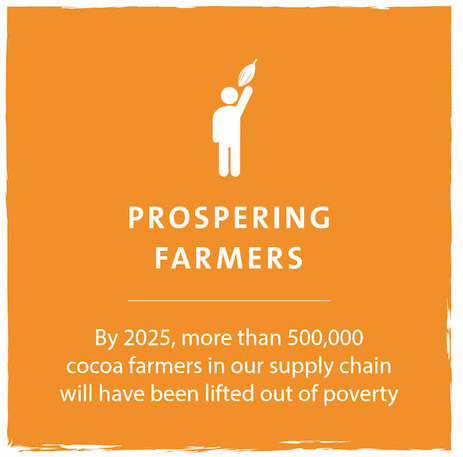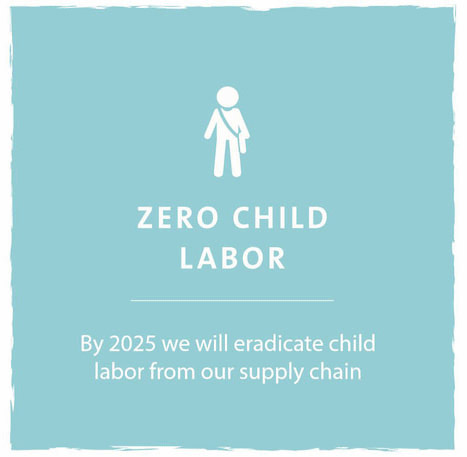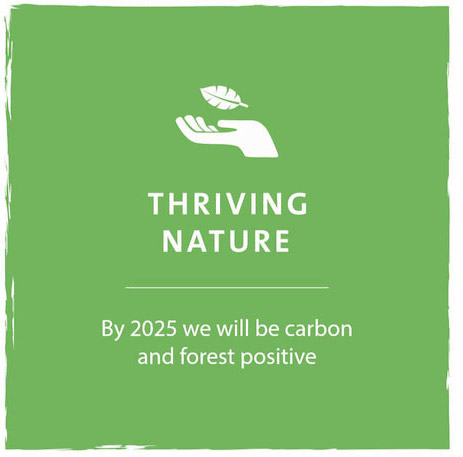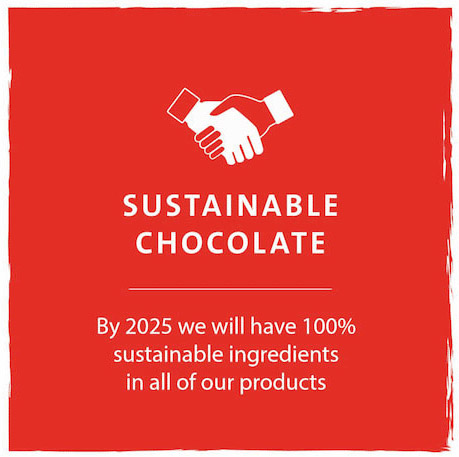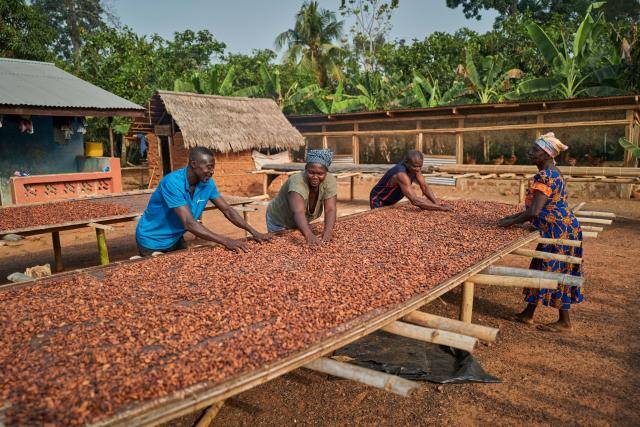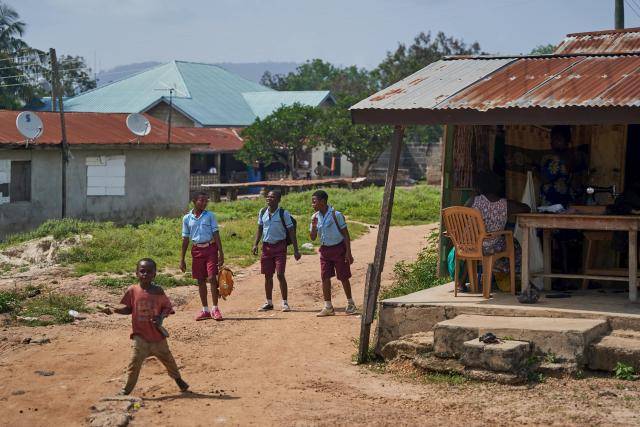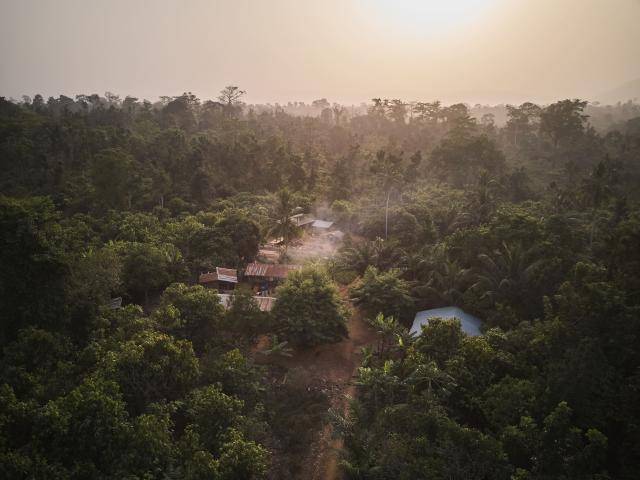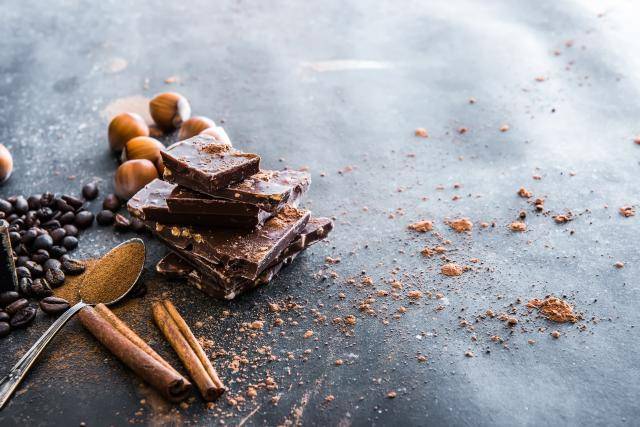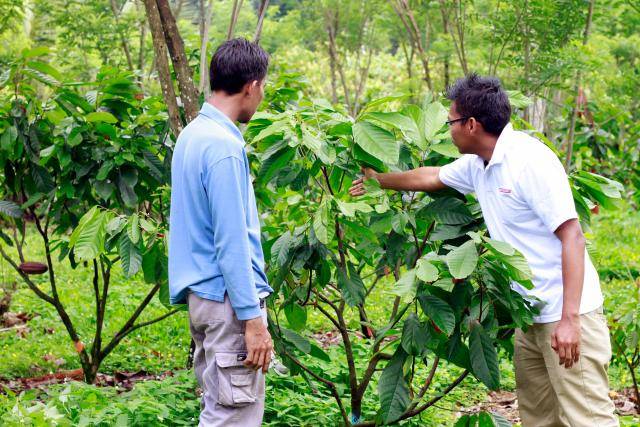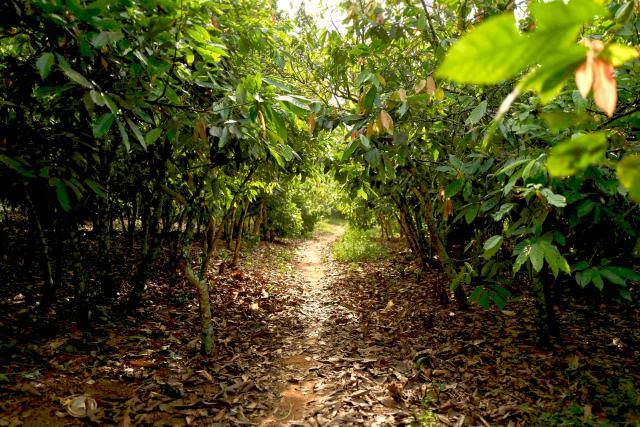Forever Chocolate Progress Report 2020/21

Forever Chocolate Progress Report 2020/21
Highlights
-
A reduction by more than -17% of of carbon intensity per ton of product since the start of Forever Chocolate in 2016
-
214,584 cocoa farmers estimated to be out of poverty in our direct supply chain
-
25 486 of the reported cases of child labor we found in previous years, are under remediation
-
Our monitoring and remediation system now cover 237 farmer groups, including 220,878 farmers in Côte d’Ivoire, Ghana and Cameroon
-
Over 10% reduction of land use change from the impact of cocoa due to our efforts in traceability and sourcing
-
43% products sold containing 100% sustainable cocoa or chocolate

Message from the CEO
It is my true pleasure to share with you Barry Callebaut’s fifth Forever Chocolate Progress Report. This is by all means a special report, as we are halfway through our plan to make sustainable chocolate the norm by 2025. What better moment to take stock of our progress to date, capture our learnings, and start planning what further actions will be required by 2025, in order to reach our targets?
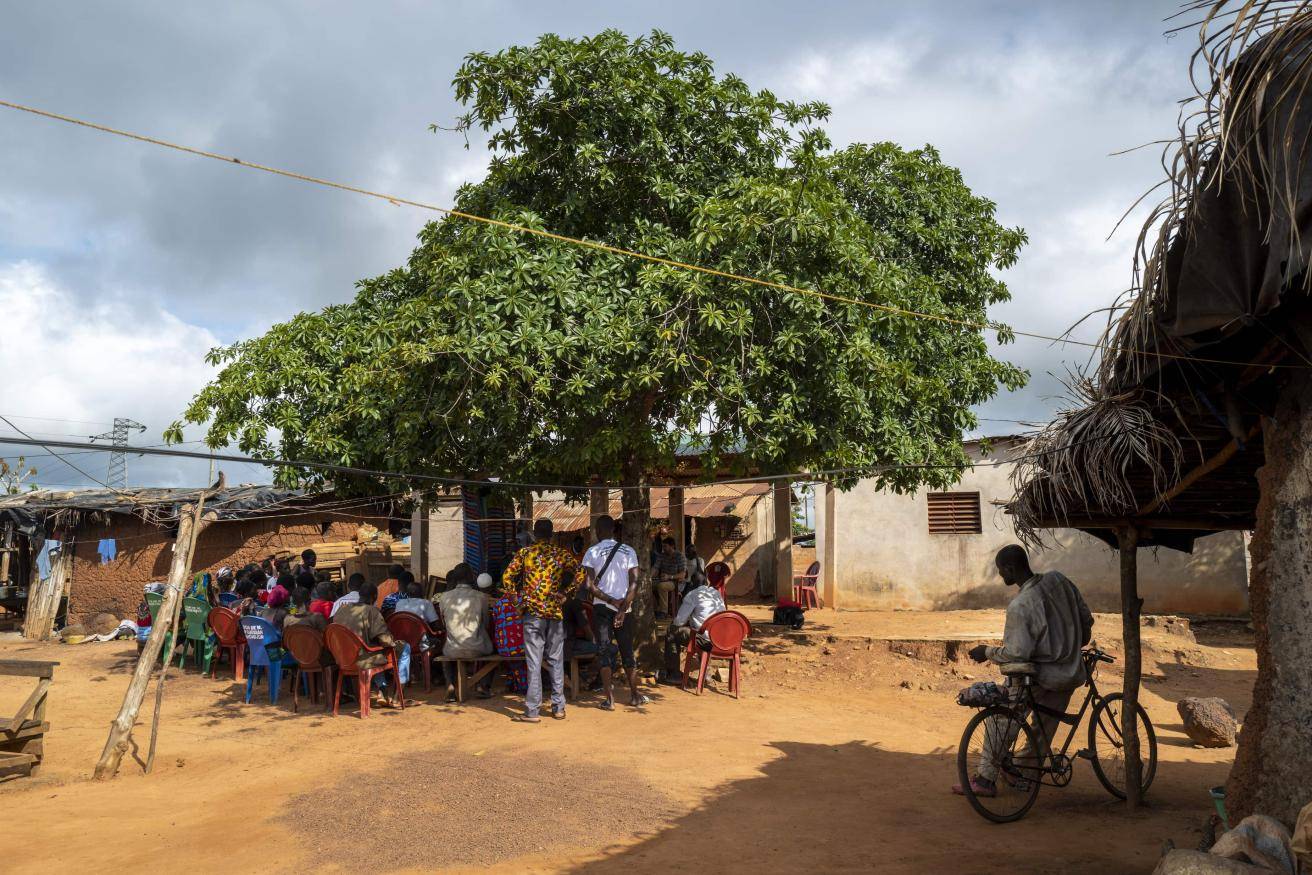
Our approach
This year marks the 25-year anniversary of Barry Callebaut. From its beginning, Barry Callebaut has been dedicated to sustainability. In 2016, we launched Forever Chocolate, our bold plan to make sustainable chocolate the norm by 2025. Forever Chocolate is our commitment to have more than 500,000 cocoa farmers in our supply chain lifted out of poverty, eradicate child labor from our supply chain, become carbon and forest positive and have 100% sustainable ingredients in all of our products.
On an annual basis we report on the progress of these time bound, measurable targets, which are verified by a third-party auditor. Our fifth progress report, covering fiscal year 2020/21 (ending August 31, 2021), shows that, despite the persistence of COVID-19, we were still able to execute innovative projects and support cocoa farming communities. This is testament to our resilience and commitment to implement and scale Forever Chocolate.
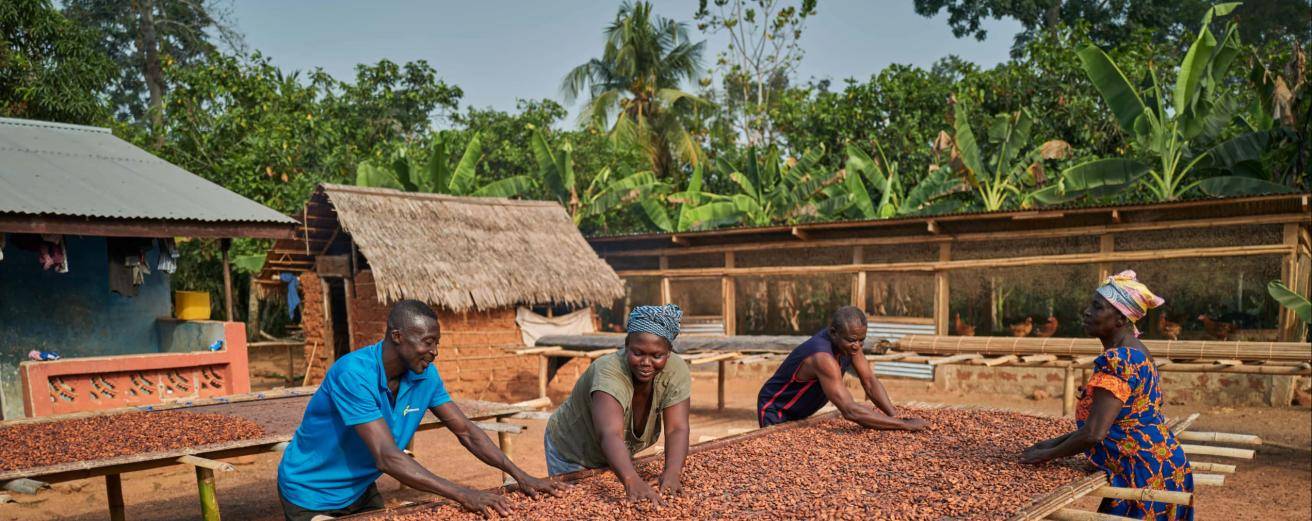
Prospering Farmers
Our goal
By 2025, more than 500,000 cocoa farmers in our supply chain will have been lifted out of poverty.
Our approach
Cocoa farming is labor intensive and in many cocoa growing regions, mechanization is non-existent. In order to lift more than 500,000 cocoa farmers out of poverty in our supply chain, it is critical to have an in-depth understanding of the conditions, challenges and potential of the farms and farmers we are working with.
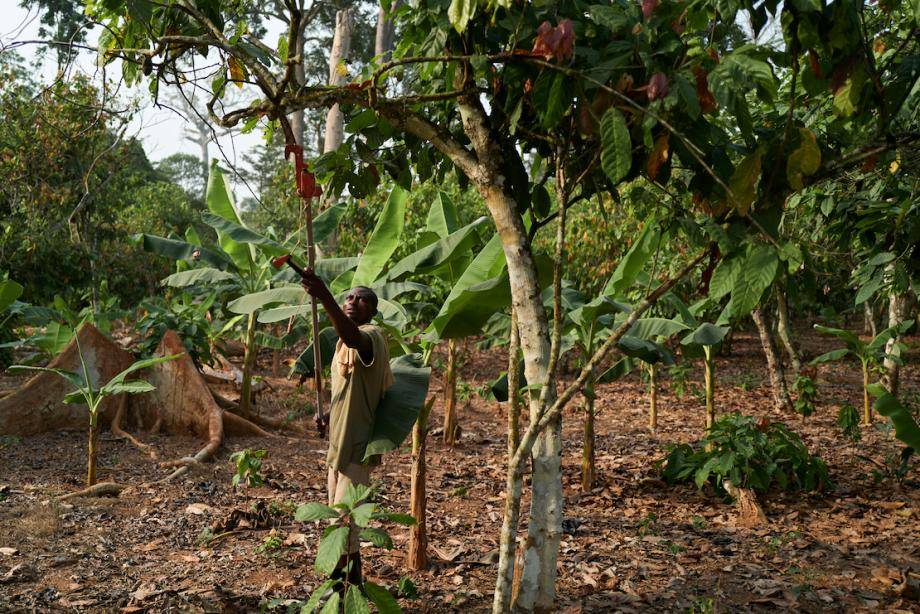
Our measured impact
-
214,584 cocoa farmers in our supply chain out of poverty, measured against the International Poverty Line threshold of USD 1.90/day
-
125,593 cocoa farmers had access to farm services, including coaching as well as other inputs such as tools, seedlings or finance
-
92,508 farmers adopted an individualized Farm Business Plan
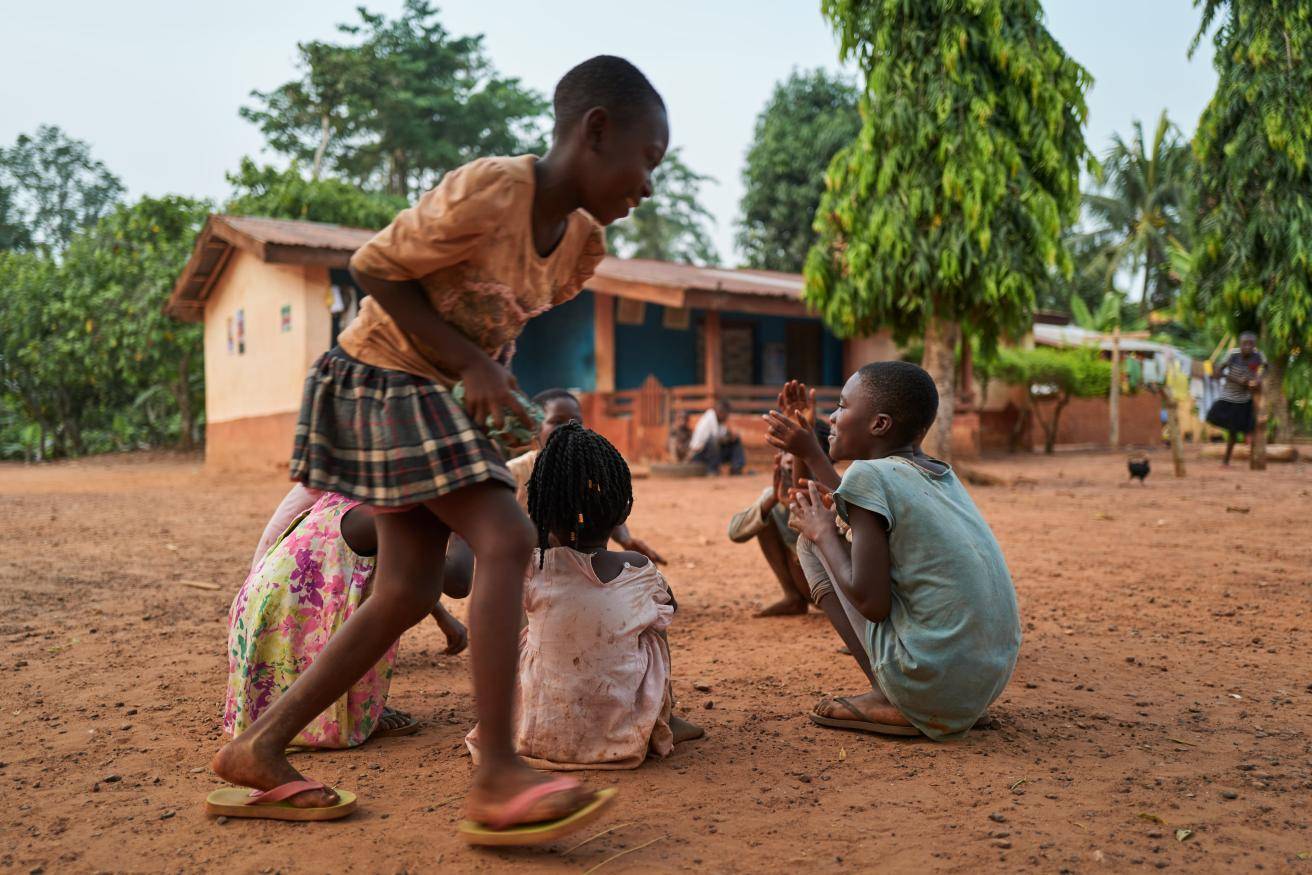
Zero Child Labor
Our goal
By 2025, we will eradicate child labor from our supply chain.
Our approach
Barry Callebaut sources cocoa and other commodities from regions where child labor, occurring largely on family farms and defined as children doing work when too young or work that endangers them, is widespread. In line with the United Nations Guiding Principles on Business and Human Rights, the solution lies not in ending the sourcing from these regions, but in assessing, monitoring and remediating on the ground the risk of children becoming involved in child labor. This means, understanding which farming communities are most at risk, and providing these farming communities with the necessary support through a combination of poverty alleviation, access to quality education and adequate social infrastructure and awareness raising. Abandoning a region because of the challenges it faces would only worsen its economic and human rights situation.

Our measured impact
-
21,258 cases of child labor cases identified
-
25,486 of the reported cases found in previous years, under remediation
-
61% of the farmer groups we directly source from undertake child labor monitoring and remediation activities
-
25% of the cocoa and non-cocoa volumes sourced from third party suppliers whereby Barry Callebaut considers the risk of child labor is adequately addressed
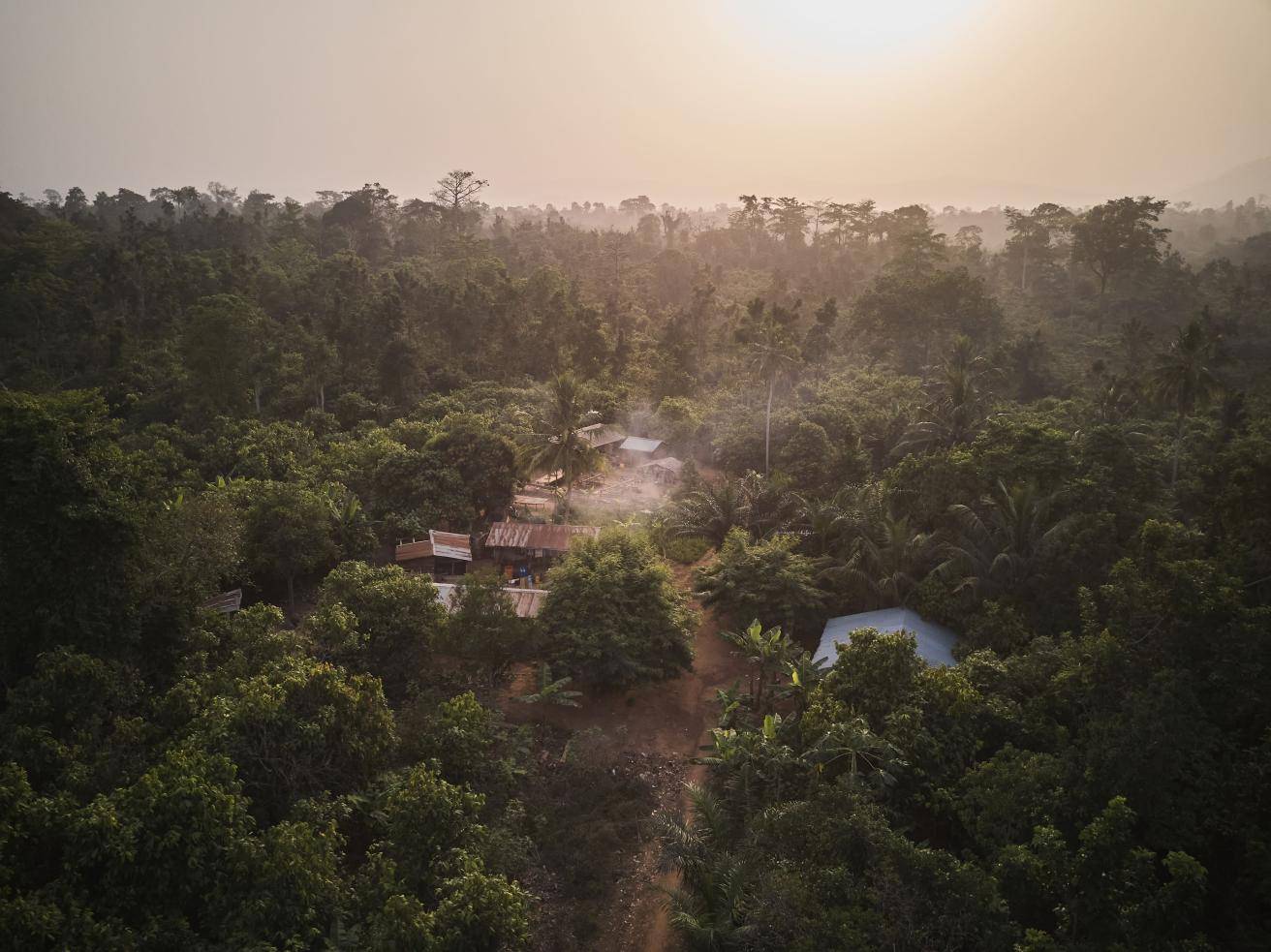
Thriving Nature
Our goal
By 2025, we will be carbon and forest positive
Our approach
Climate change, poor soil quality, the suboptimal use of agrochemicals, and a lack of natural inputs, such as shade and pollinators, are putting even more pressure on cocoa farmers who are already struggling with declining cocoa yields. To ensure the stability of ecosystems, the chocolate industry must commit to reducing its carbon footprint and achieving a deforestation free supply chain.
In total, since the commencement of Forever Chocolate in 2016, we have reduced our carbon footprint by more than –17%, despite the volume of sold products growth of more than +14% over the same period.
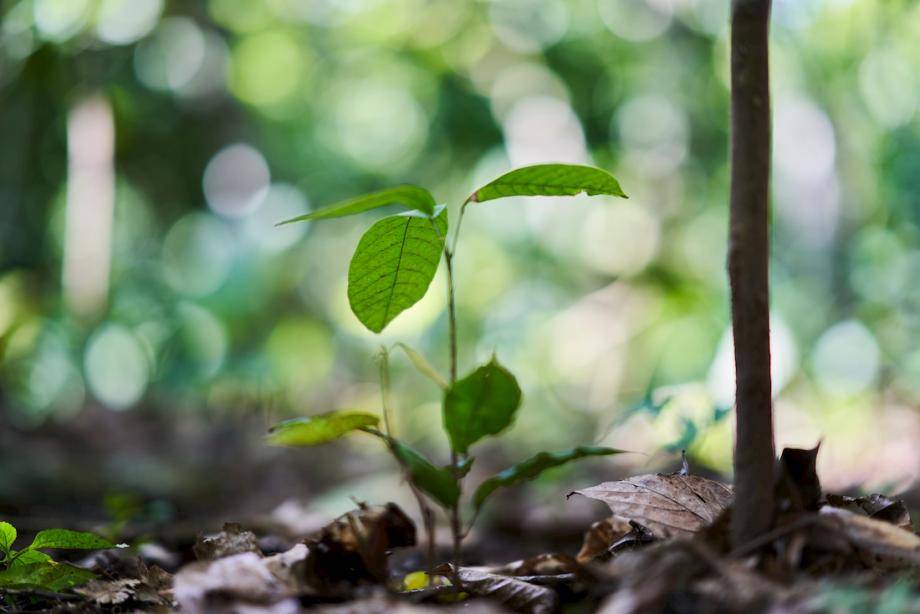
Our measured impact
-
-7.83% reduction in our carbon footprint
-
3.57 CO2e (CO2 equivalent) intensity per tonne of product
-
over 10% reduction in Land Use Change (LUC) due to our efforts in traceability and sourcing
-
29% sourced raw materials demonstrated not to be contributing to deforestation
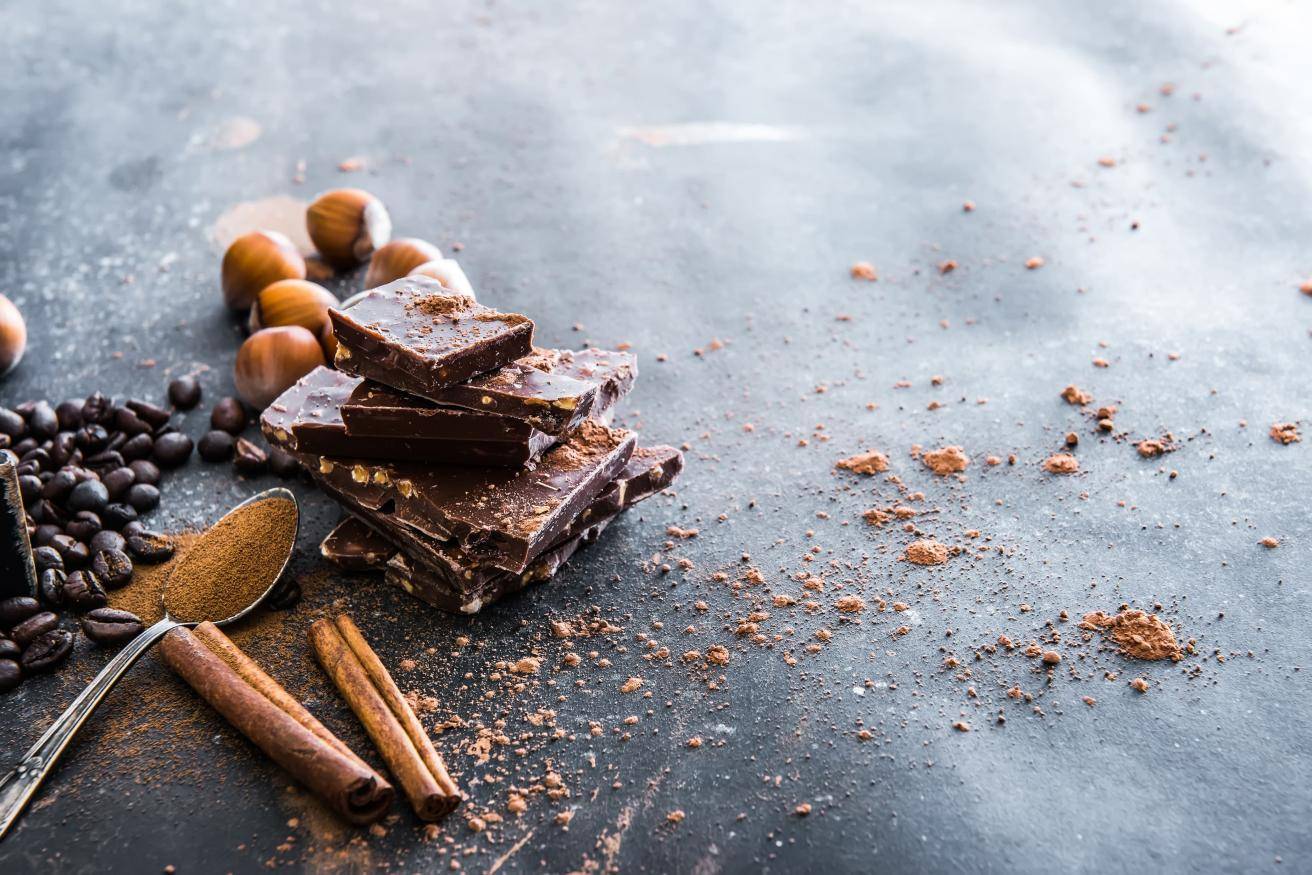
Sustainable Chocolate
Our goal
By 2025, we will have 100% sustainable ingredients in all our products.
Our approach
At Barry Callebaut, approximately half of our volume of sourced ingredients consists of cocoa products and the other half consists of non-cocoa products – including dairy, palm oil, coconut oil, nuts, cane sugar, beet sugar, soy lecithin and vanilla. Each ingredient we use faces its own complex supply chain, which varies depending on the geographic region and subsequently presents its own unique sustainability challenges. To reach our target of 100% sustainable ingredients by 2025, we are striving to increase customer demand for sustainable products and to implement our sustainable sourcing programs across all ingredients.

Our measured impact
-
48% of agricultural raw materials sustainably sourced
-
66% of sustainably sourced non-cocoa raw materials
-
43% products sold containing 100% sustainable cocoa or chocolate

